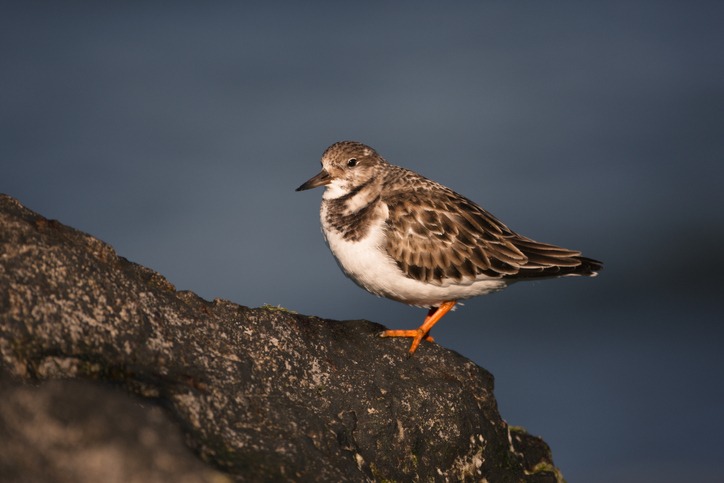It is an uncommon yet striking helmetshrike with a black back, chestnut underparts, and a vivid red bill, where it got its name. This bird thrives in the canopies of lowland to mid-level humid forests. Always seen in pairs or small flocks, and make intricate grating, whistling, and chirping sounds.
Read further to know more about the Red-billed Helmetshrike.
What is a Red-billed Helmetshrike?
Red-billed Helmetshrike (Prionops caniceps) or the Chestnut-bellied Helmetshrike is a bird species belonging to the helmetshrike of the Prionopidae, once included in the Malaconotidae family of the bushshrikes. The Prionopidaes include small to mid-sized passerine birds, with only eight species composing the family.
Its seven levels of classification are as follows:
Kingdom: Animalia
Phylum: Chordata
Class: Aves
Order: Passeriformes
Family: Vangidae
Genus: Prionops
Species: P. caniceps
Red-billed Helmetshrike Physical Description
Red-billed Helmetshikres are colorful birds, with a dull bluish-gray head, white breast, black collar, and chestnut mid-breast or belly down to the vent. These birds got their name from their distinctive red bill, conspicuous in their plumage. They grow about 7.8 to 8.6 inches or 20 to 22 centimeters and weigh around 42 to 62 grams. Both sexes look similar, but juveniles have subtler brownish plumage, whitish head, and dark bill.
Where can they be spotted?
Red-billed Helmetshrikes thrives in West Africa and can be found in Cameroon, Benin, Ghana, Ivory Coast, Guinea, Liberia, Nigeria, Mali, Togo, and Sierra Leone. In Central Africa, its cousin, the Rufous-bellied Helmetshrike, replaces the species. These birds prefer tropical and subtropical lowland humid forests, montane ecosystems, and shrublands.
Interesting Facts You Should Know About the Red-billed Helmetshrike
Red-billed Helmetshrikes are endemic to Africa and are gregarious, noisy, and active birds usually seen in loose flocks. These birds often snap their bills as they travel and a roving part of the species can be recognized through their booming “tchwe tchew tchew tchew” calls, accompanied by slurs, whistle, chirps, and rasps.
They primarily feed on insects, such as caterpillars, cicadas, beetles, mantids, grasshoppers, stick-insects, as well as spiders, fruits, grains, and seeds. These birds do most of its foraging on tree canopies or bushes, gleaning their food items from leaves and branches.
Red-billed Helmetshrikes are monogamous social breeders, which means that the breeding pair are aided by all the adults in flocks often regarded as helpers. These birds are territorial and will noisily defend themselves and ward off predators or intruders from other groups.
The nest is built on well-hidden locations, characterized by a small cup constructed like a spider web using grass, bark, and lichen. All group members participate in making the nest, though the breeding pair usually does most of the duties.
The female will lay 2-4 eggs, which will be incubated by all group members. The broods will be fed, guarded by the flocks, and will remain in the nest for another 20 days after hatching before becoming fully independent in about seven months.
Red-billed Helmetshrikes has a broad range and hence does not reach decline thresholds. They are currently evaluated as Least Concern (LC) under the International Union for Conservation of Nature Red List.
BOTSWANA BIRDS | SOUTH AFRICA BIRDS
NAMIBIA BIRDS | ZAMBIA BIRDS | ZIMBABWE BIRDS

